THE WHICHEV VIEW: Rolls-Royce sets pulses racing with the ‘Black Badge’ Spectre
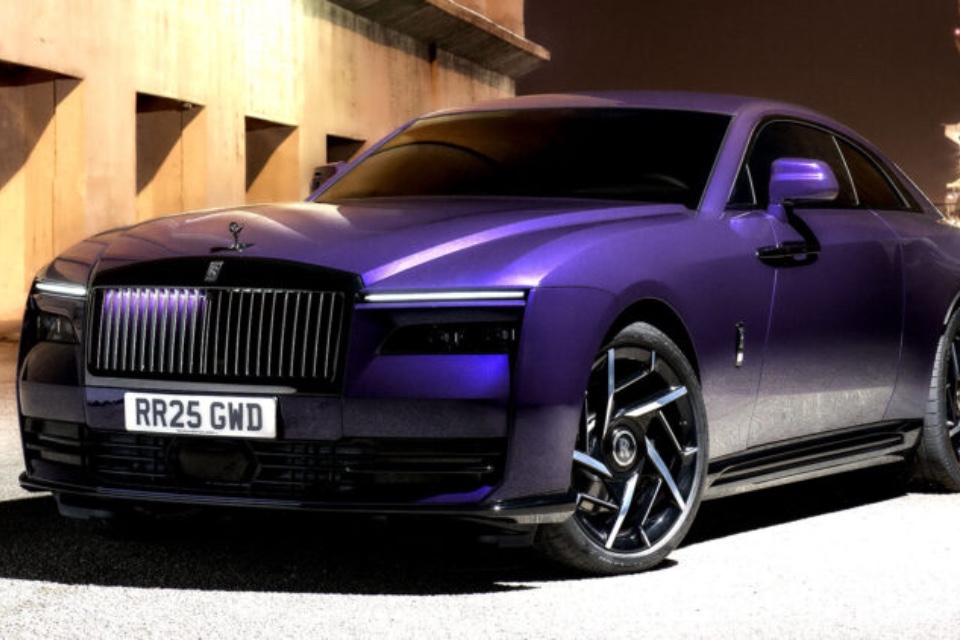
By WhichEV Rolls-Royce has introduced the Black Badge Spectre, an enhanced version of its all-electric Spectre coupe, claiming the title of the most powerful car in the company’s history. Designed to appeal to clients who seek a more dynamic edge alongside traditional Rolls-Royce luxury, the Black Badge Spectre delivers increased performance, revised handling, and a […]
THE WHICHEV VIEW: The UK’s 2024 EV sales show the potential and challenges in the sector

By WhichEV In a year marked by both triumph and challenge, the UK’s automotive industry has achieved a significant milestone with record sales of electric vehicles (EVs) in 2024, despite not meeting the government’s ambitious Zero Emission Vehicle (ZEV) targets. As the nation progresses towards a greener future, the dynamics of the car market continue […]
THE WHICHEV VIEW: How will the China-EU EV tariff dispute play out?
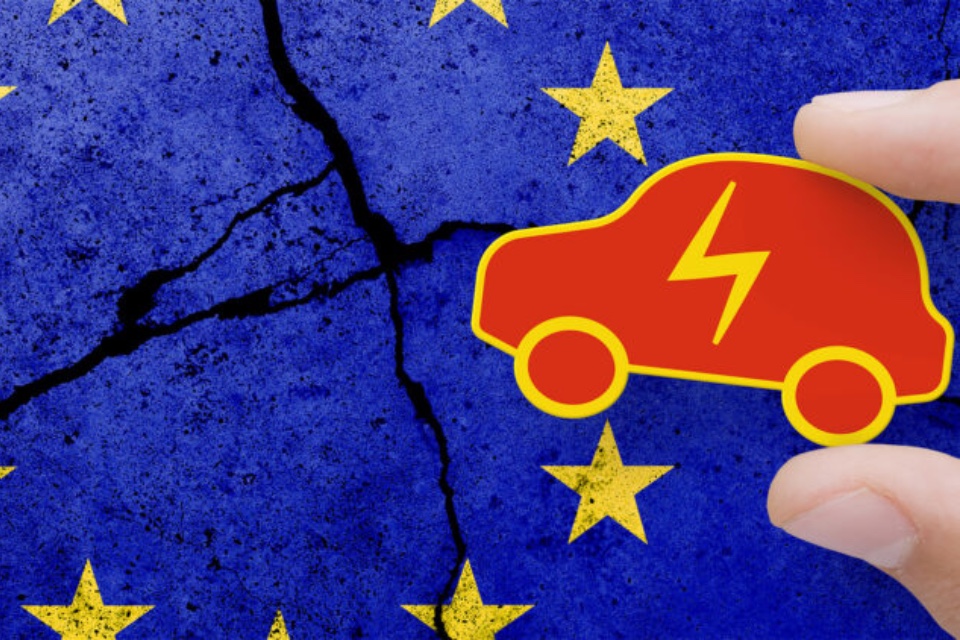
By WhichEV A deepening dispute over tariffs on electric vehicles (EVs) has led to escalating tensions between China and the European Union, as both economic giants struggle with the changing dynamics of the global car market. China, now the world’s largest car producer, has rapidly embraced EV manufacturing, treating the automotive industry much like its […]
THE WHICHEV VIEW: Where does the US-China EV trade war leave UK buyers?
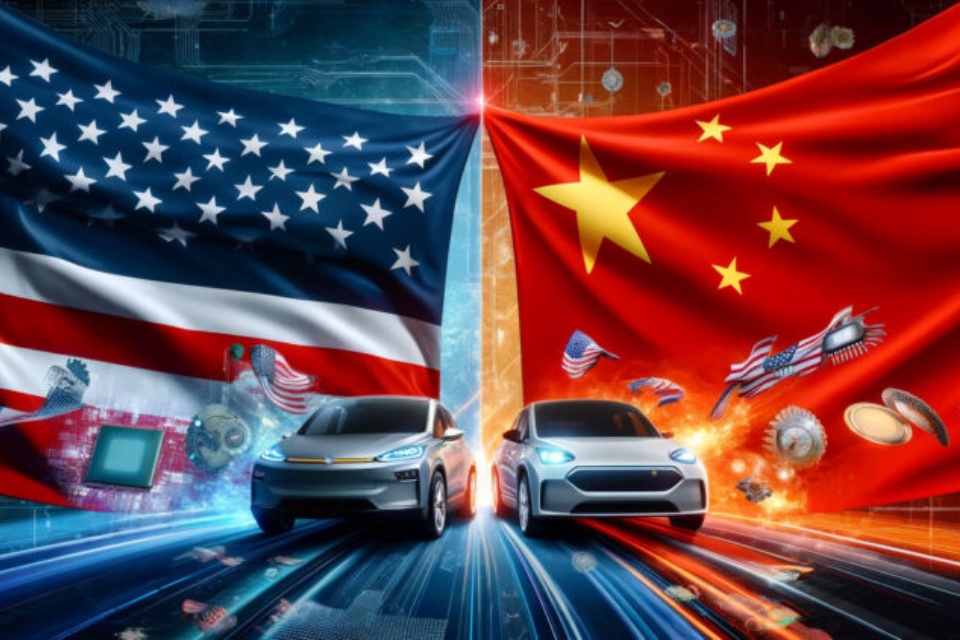
By WhichEV Around 60% of the electric cars produced in the world come from China. Until recently, most were sold internally, to drivers in China – but the Chinese know that they have a ‘winning offer’ and are looking to expand globally over the next 10 years. Unable to compete on a price-innovation-quality basis, the […]
THE WHICHEV VIEW: One million battery EVs are now registered for the UK’s roads – Where next?

By WhichEV January 2024, the UK automotive sector marked a significant milestone with the registration of the country’s millionth battery electric vehicle (BEV), highlighting a growing trend towards greener transportation. This achievement coincided with an 8.2% increase in new car registrations, totalling 142,876 units, marking the strongest start to a year since 2020 and continuing […]
THE WHICHEV VIEW: Mahle seeks to establish global standard for wireless EV charging
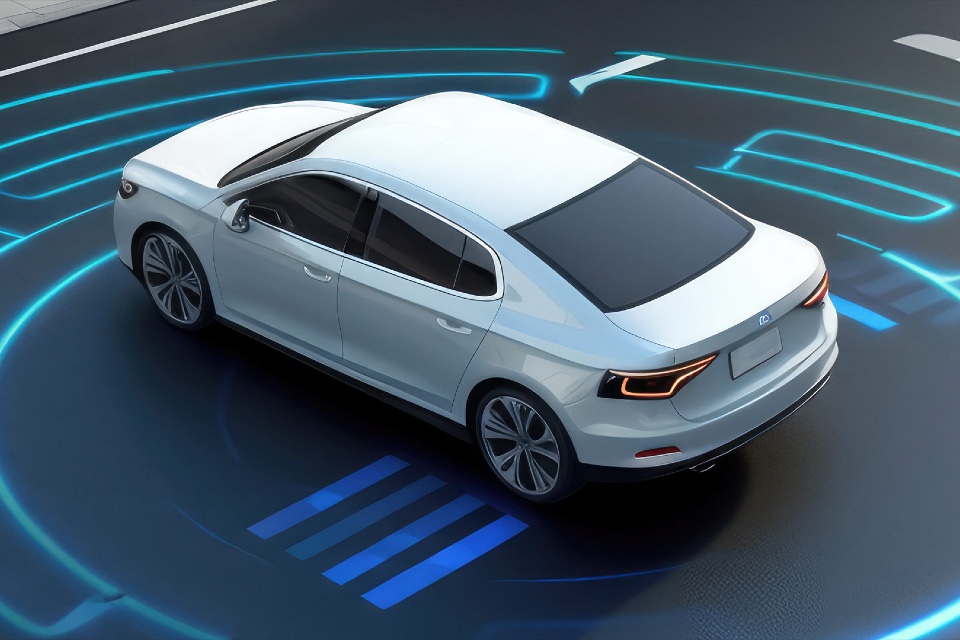
By WhichEV In a pivotal move for the electric vehicle (EV) charging landscape, SAE International, a revered non-profit organisation dedicated to advancing mobility technologies, has endorsed Mahle’s positioning system as the worldwide standard solution for wireless EV charging. The selection of Mahle’s technology marks a significant leap in achieving standardisation in inductive charging, effectively putting […]
EV charging infrastructure for fleets – Where to start
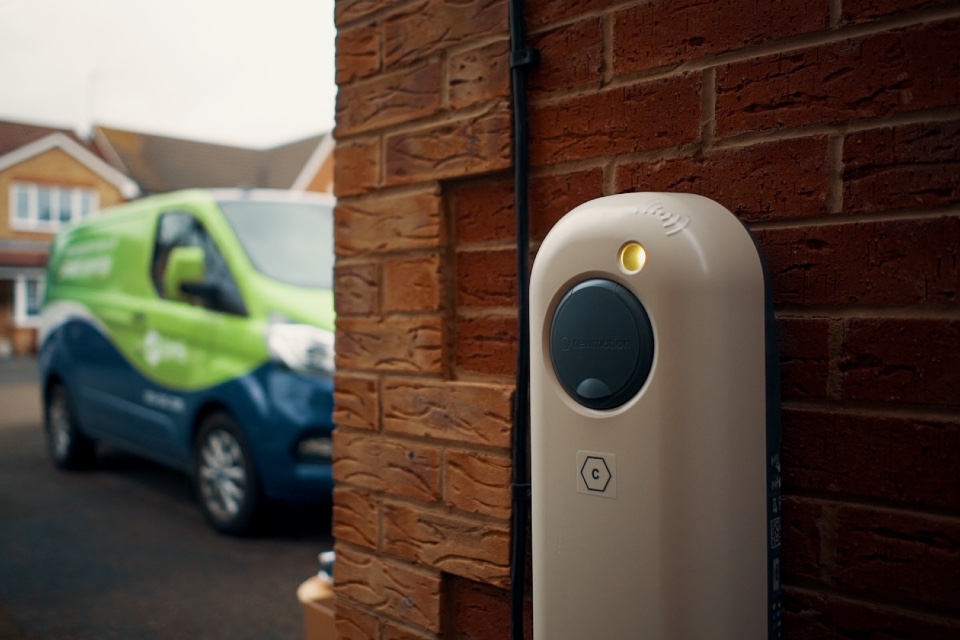
The simple fact is that electric vehicles (EVs) are the future of transport. A recent report from the Society of Motor Manufacturers and Traders (SMMT) revealed that one battery electric car is registered every 60 seconds and that exponential growth in EVs is being accelerated by fleet sales. It’s clear that those in the fleet industry […]
The WhichEV View: Stellantis opens 100% EV-only UK manufacturing plant
By WhichEV There is a lot of talk in the media about the fact that the UK government has put in place provisions to ensure that every electric vehicle sold in the UK must use material sourced in the UK. That amount needs to be 40% of the total production of each vehicle. This has […]
IN FOCUS: Teletrac Navman’s EV Readiness Tool

By Barney Goffer (pictured), UK Product Manager at Teletrac Navman UK With the government bringing the ban on selling new petrol and diesel vehicles forward to 2030 and most major UK cities booming with clean air zones or about to launch one, operators need to have a clear understanding on where their fleet stands, and […]
The WhichEV View: Affordable EVs now arriving with 300+ mile range

By WhichEV This multi-award winning MG4 EV design has now been revised with a much stronger power train/battery combination, with the updated version now offering a 323 mile range. That means the car is is likely to be able to complete London>Manchester without stopping – opening up new possibilities for fleet users. As WhichEV points […]


